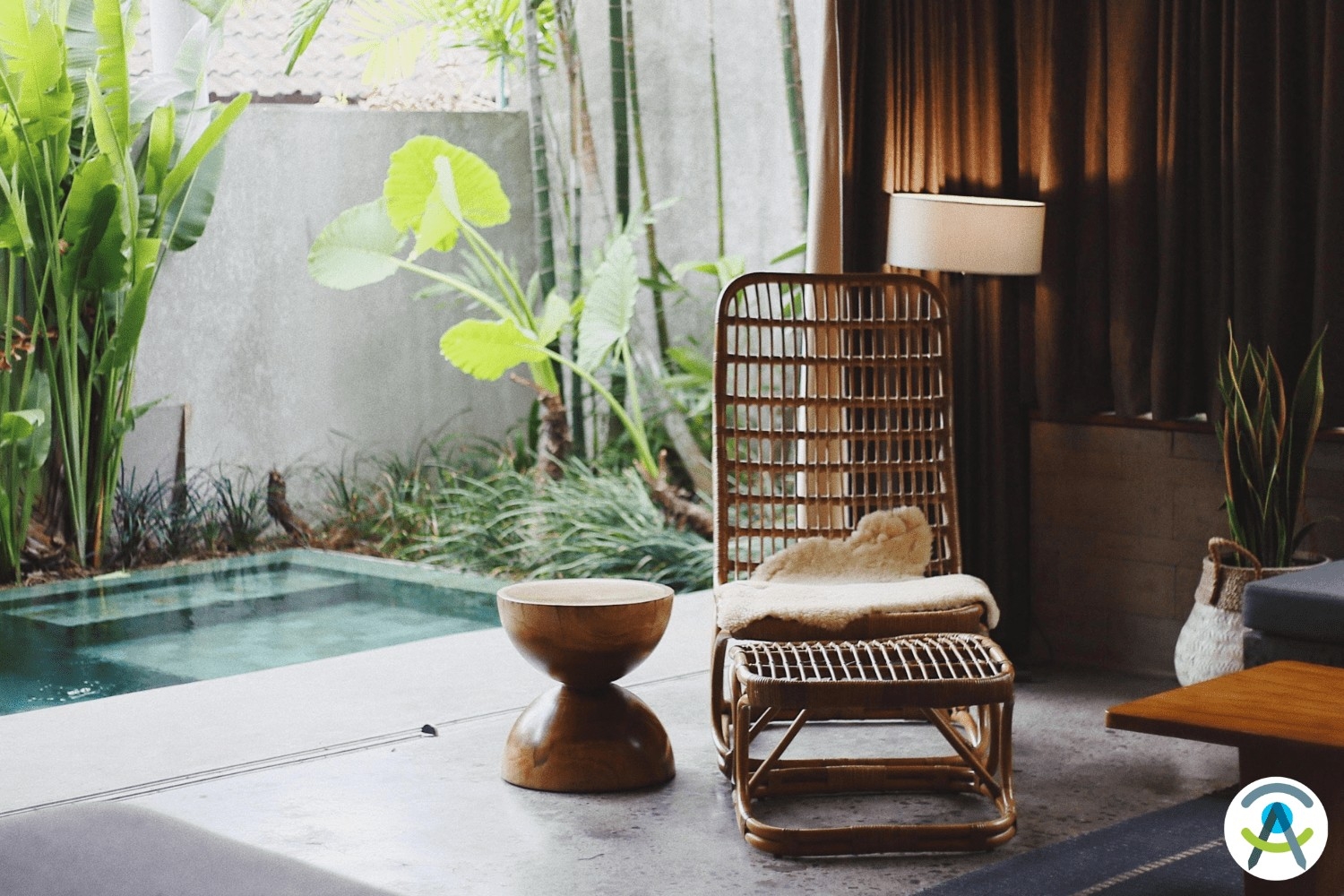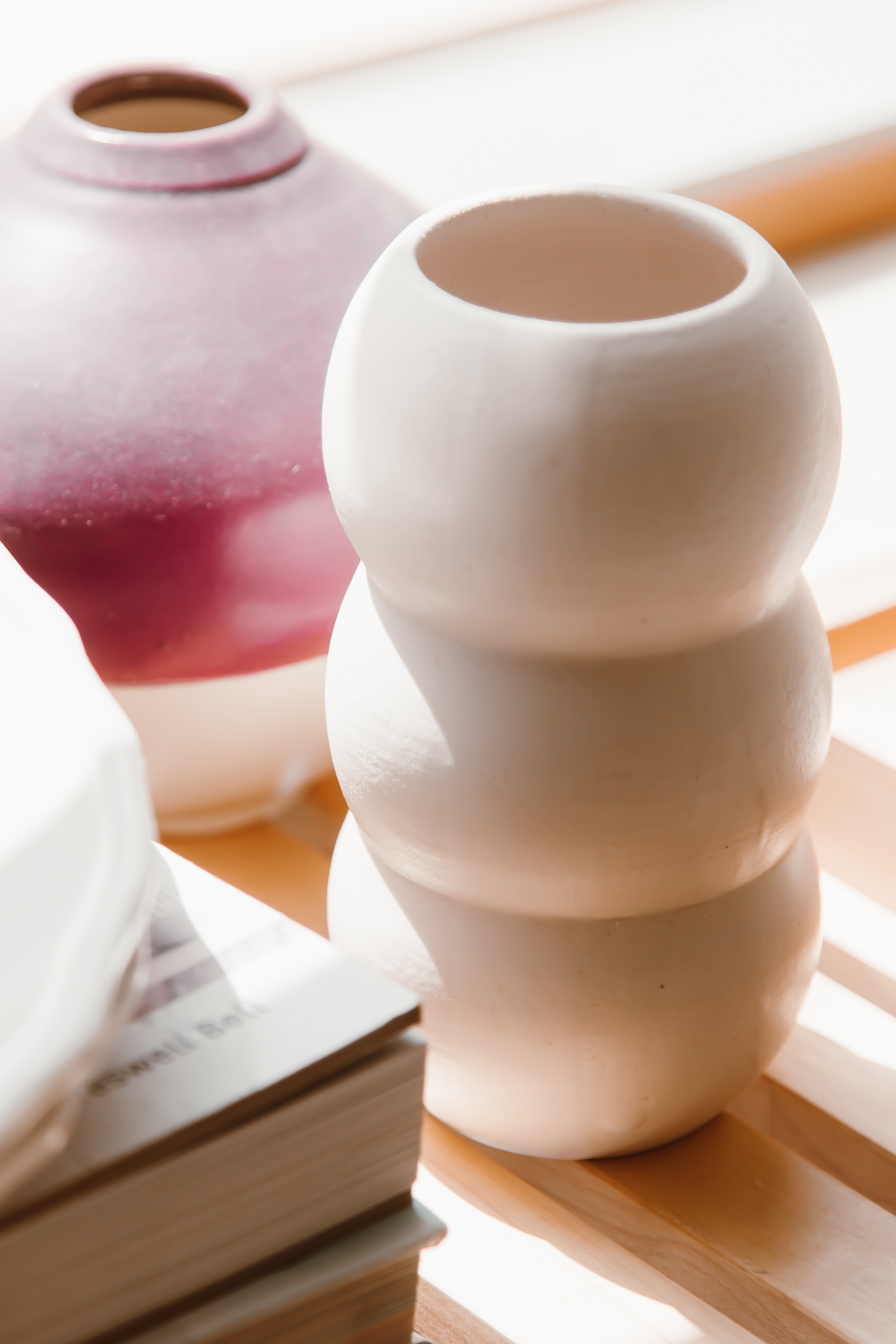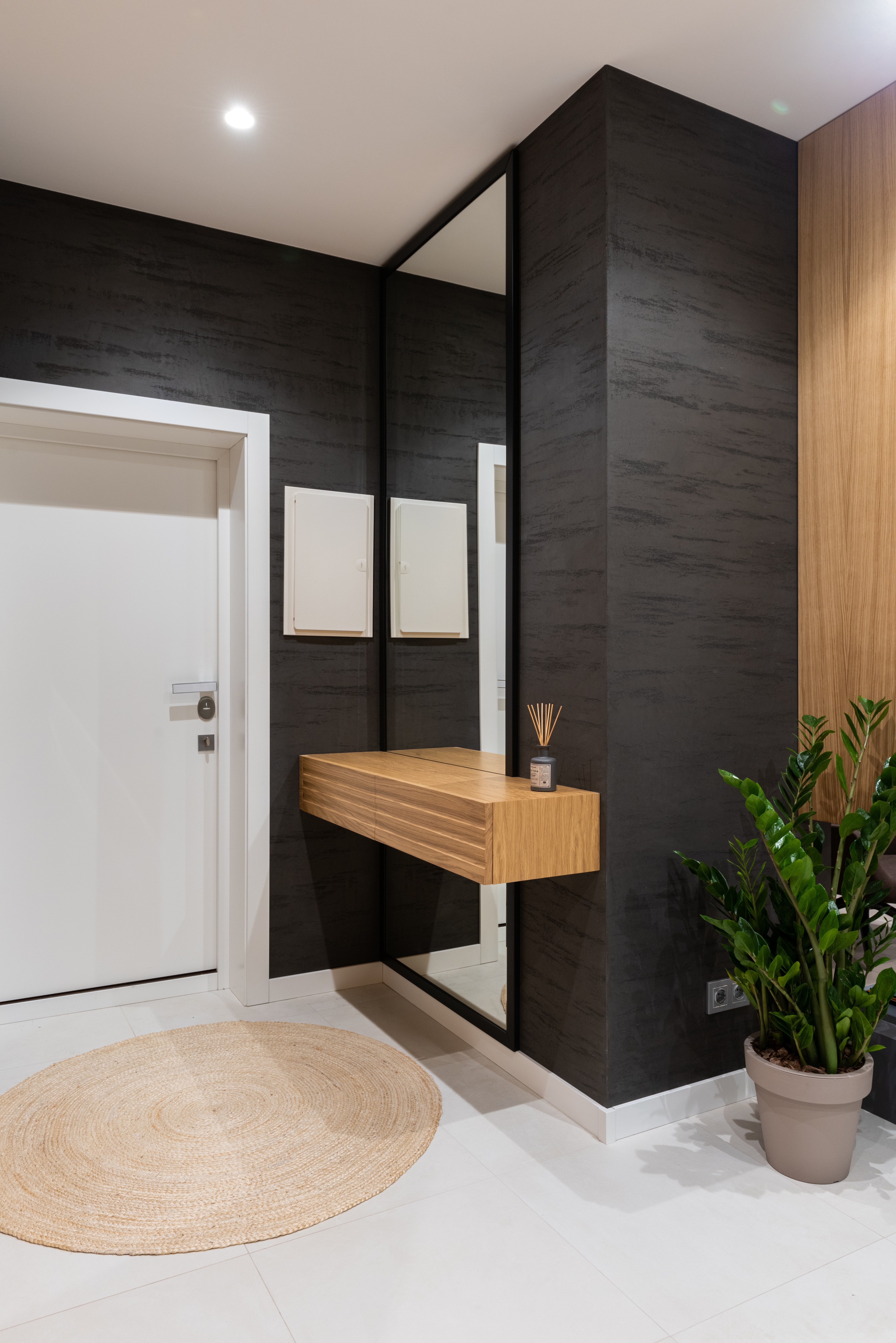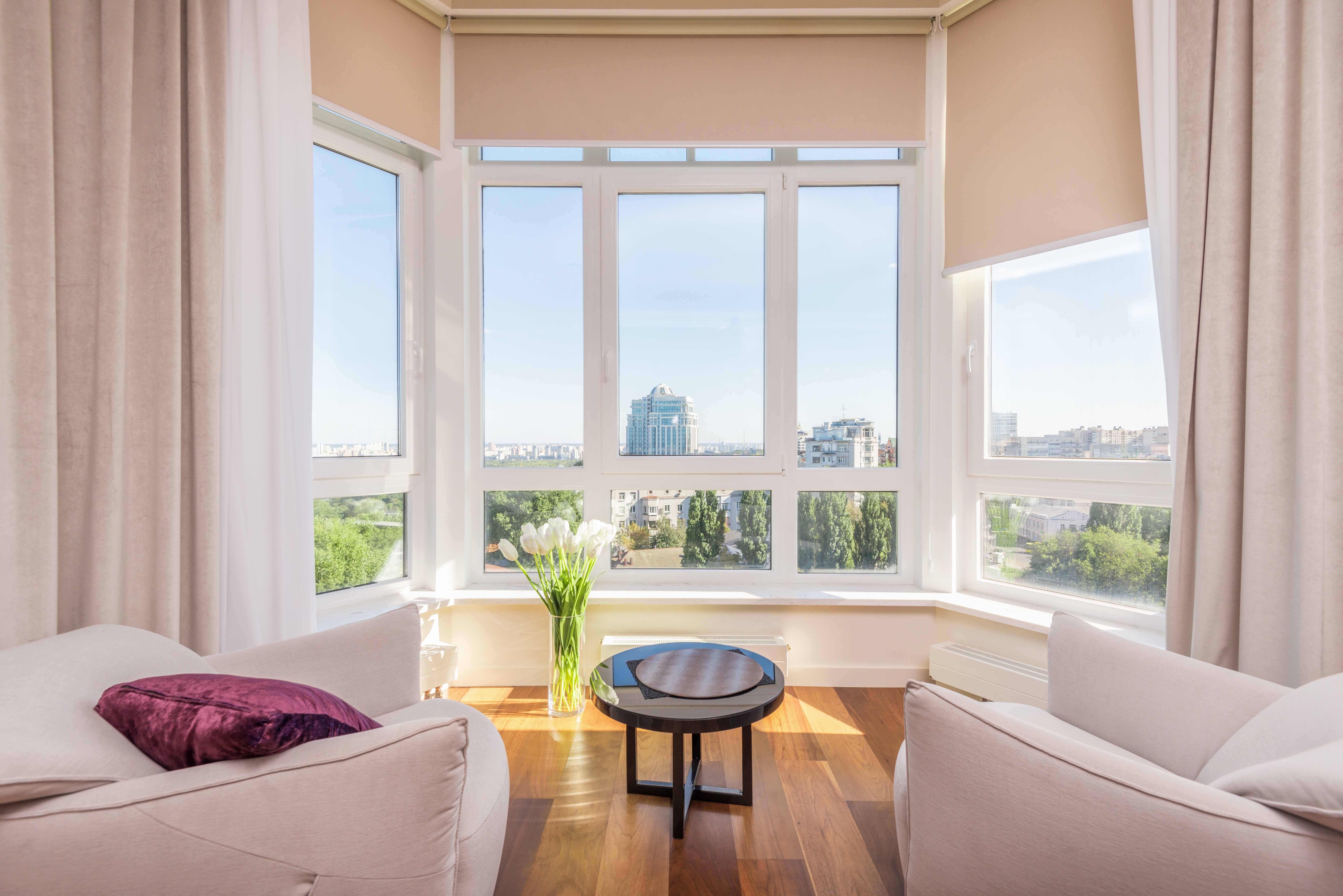Feng Shui in Architecture

Feng Shui (or “wind” and “water” in English) is a thousand-year-old art of Chinese origin that aims to harmonise the environmental energy of a place in order to promote the health, well-being and prosperity of its occupants.
Feng Shui in Architecture

Feng Shui is a Chinese Taoist discipline based on energy principles. As a branch of Chinese medicine, it consists of improving our quality of life and optimising our potential through an adapted layout of the space. This ancestral Asian art is a philosophy that draws on social sciences and is built on mathematical rules. Feng Shui is based on the observation of our environment and particularly on the circulation of energy. The rules which result from it aim to recreate the perfect harmony offered by nature in the place where we live or work. Feng Shui is merely a tool at the service of the individual.
It is primarily chosen out of belief. Feng Shui in architecture has become a key factor in any type of project because it enables a layout of space that is adapted to each person, so that everyone feels good in their environment. Changes in your interior should occur when you feel the need, to ensure that they are constantly in line with your state of mind.
The Entrance, The Starting Point

The entrance is the place where the energies pass: keep your entrance as tidy and clear as possible to let the energies flow. In this area of the house, placing a mirror can be interesting; just be careful not to place it facing the door. According to Feng Shui, this would draw the positive energies out of your home.

Tips for Integrating Feng Shui into Your Daily Life
Feng Shui is used to rebalance the energies within a home. To make the occupants feel good and in harmony with the place they are in. To maintain a good balance of energies in your home, there are several techniques you can use:
- Allow lots of light to enter
- Do not clutter your windows
- Diffuse essential oils or incense: these are tools for relaxation and inner harmony
- Add green plants, which will renew the air and circulate the energies of your home
- Get rid of the superfluous: sort out your clothes, your dishes, you will feel liberated and will find a sense of harmony
The Interior Layout

Water is a crucial element in the art of feng shui, it allows you to relax and find peace. For example, you can place a small fountain in your living room. The trickle of water will bring you guaranteed relaxation. As for mirrors, place them in the hallways but not in your bedroom: they will prevent the positive energy from circulating and staying in the room. If you have curtains, choose light colours and light materials. Stripes should be avoided in your home, as they are a metaphor for self-imposed imprisonment and are therefore not a positive motif.
The kitchen is the central place of the house, add a basket to put fresh fruits and spices of different colours, which will give a warm and comforting aspect to the room. The ideal in the practice of Feng Shui is to use natural light for lighting. But to provide light when natural light is not available, opt for halogen spotlights, which are the most versatile.
Symbolism is important in Feng Shui, so pay attention to the interior decoration: a picture with negative symbolism is bound to have bad energy. For a more zen place to live, chimes will be your best friends. Their sound will rebalance the house and its inhabitants while keeping negative energies away.
For all your interior design work find the best architects in your area on Find-My-Architect.com.